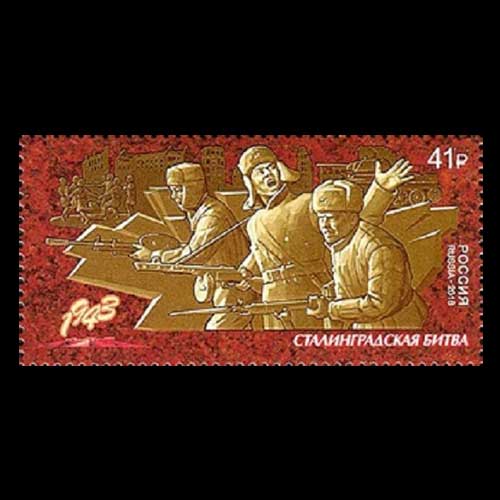The Victory at Stalingrad
2018-02-28 Wed
The battle of Stalingrad – (fought between July 1942 and Feb 1943) is considered to be one of the most critical phases of the World War – II. This successful Soviet defence of the city of Stalingrad marked the turning point of the ongoing war, as it stopped German advance into the Soviet Union and weakened their attack.Located on the banks of River Volga, Stalingrad is an important industrial city producing armaments and tractors, which is why Germany was keen on keeping a hold over it. In early September 1942, the German Army advanced to the city. Russians, though already exhausted – had to make a stand to save the city on the orders of their Leader.
The battle descended into one of the most brutal in World War Two. The Soviet Army launched an equally brutal defence and continued to bring reinforcements. The German Troops were already weak fighting a long battle with no chance of help. To add misery to the dispute, the German Troops got caught in the wave of Russian Cold.
The German troop had no means to fight the brutal cold of Russia. With lack of warm clothes and food and with the medical supplies dwindling, the German Aggression grew weaker. By the end of January 1943, the Soviet army had surrounded Germans. The German Troops, disobeying Hitler, surrendered. The defeat came as a blunder to Germany as well as Hitler and had pre-decided the future of the War, the Country as well as of their Leader.
Russia commemorates stamina, courage and mass heroism of the Soviet soldiers with a postage stamp. Designed by S. Ulyanovsky, the stamp comes with the value of 41 RUB and depicts a bas-relief featuring a group of Soviet soldiers at the Battle of Stalingrad.
Image Courtesy: http://philaindia.info
Latest News
-
Panchala King Bhanumitra Copper Coin
2024-04-26 FriThe Panchala kingdom was ruled by the Mitra kings. The Mitra kings are known to issue coins and most...
-
Mahatma
2024-04-25 ThuIndia Post issued a commemorative postage stamp on #LalaHansraj, also known as Mahatma Hansraj for�...
-
Berar Mint of Muhammad Akbar
2024-04-25 ThuBerar was a kingdom located in the Deccan region, with Elichpur as its capital. It was one of the Su...
-
Janma Kalnayak of Bhagwan Mahavir
2024-04-24 WedOn 21st April 2024 which was the 2550th Janma Kalnyanak of Bhagwan Mahavir Swami, PM Modi unveile...
-
Gold Pagoda of Vijaynagar Empire King Deva Raya I
2024-04-10 WedKing Deva Raya I of the Vijayanagara Empire was a patron of Kannada literature and architecture. He ...

